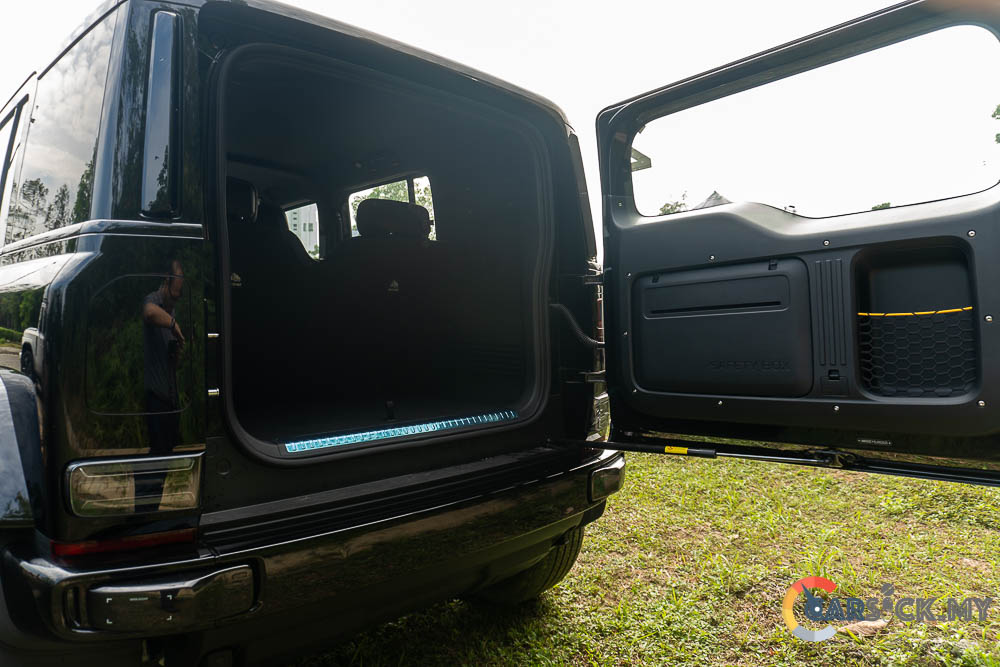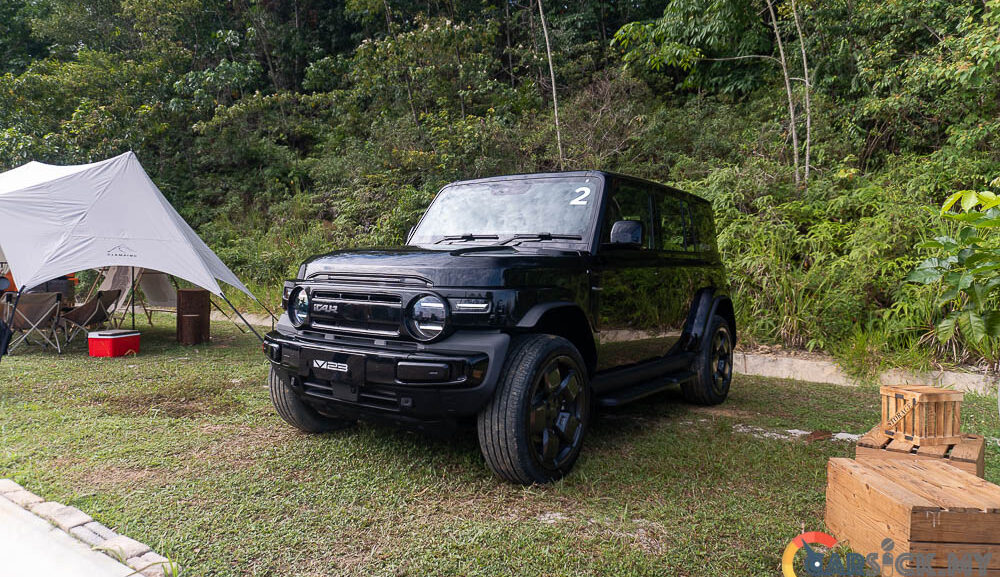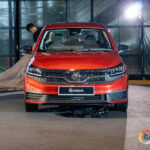After the successful introduction of the iCaur 03, iCaur Malaysia is quickly adding another model to its lineup. The next model continues the brand’s signature boxy design and is named the iCaur V23. Within the lineup, the V23 is positioned below the 03, yet it carries a more stylish and playful design compared to its sibling. At the moment, the estimated price for the V23 ranges from RM145,000 to RM155,000.
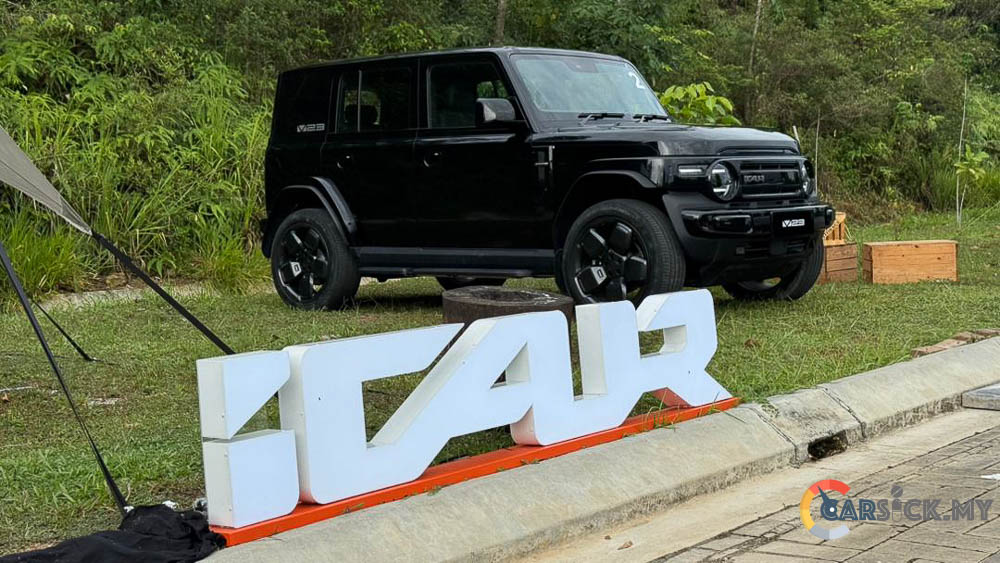 As an introduction, the iCaur V23 will be available in two variants: the iWD and the 2WD. It is positioned as a compact, fun, and “adventure-ready” electric SUV — appealing to both young drivers and the young-at-heart who want something functional yet distinctive in style. For the recent dynamic media preview, we tested the iWD variant. It is powered by two electric motors that produce a total of 211 PS and 292 Nm of peak torque. These motors draw power from an 81.8 kWh NMC battery, offering an estimated range of 501 km based on NEDC testing.
As an introduction, the iCaur V23 will be available in two variants: the iWD and the 2WD. It is positioned as a compact, fun, and “adventure-ready” electric SUV — appealing to both young drivers and the young-at-heart who want something functional yet distinctive in style. For the recent dynamic media preview, we tested the iWD variant. It is powered by two electric motors that produce a total of 211 PS and 292 Nm of peak torque. These motors draw power from an 81.8 kWh NMC battery, offering an estimated range of 501 km based on NEDC testing.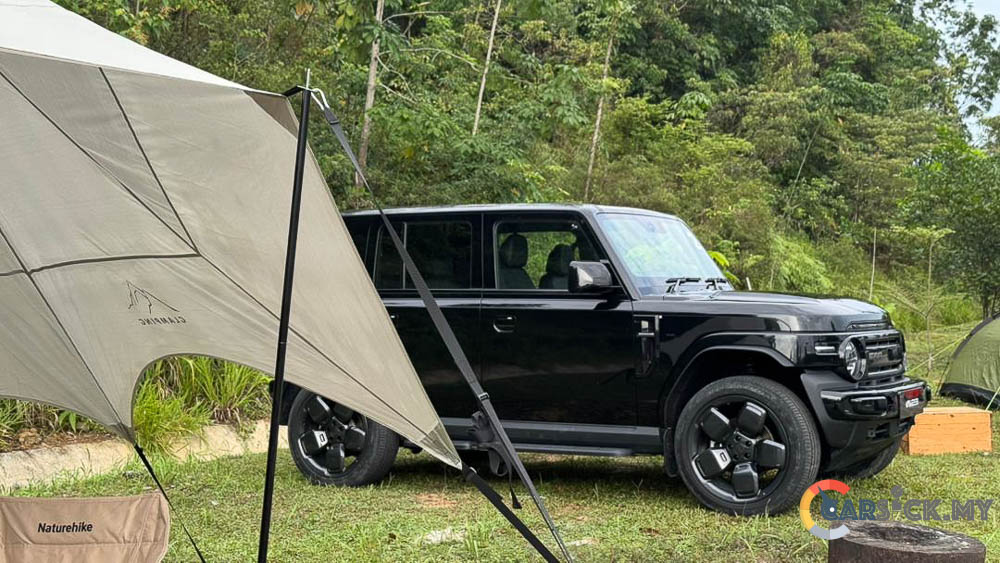
For the drive experience, we were taken onto an off-road trail originally designed for purpose-built buggies and ATVs. The route covered over 2.8 km of green-laning through a mountain in Rawang. The trail not only showcased the V23’s off-road capability but also its compact size, proving it nimble enough for tight, narrow paths.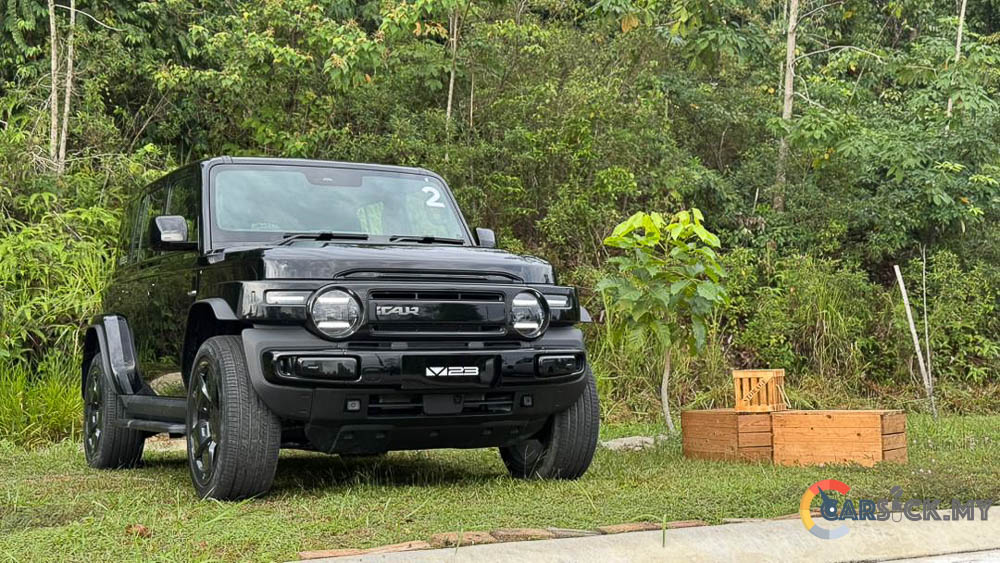
The route began with a steep incline. However, because the ground was dry, the V23 climbed it with ease. As we continued along the bumpy green lane, the suspension proved impressive, absorbing uneven surfaces well. While some bumps and jolts still made their way into the cabin, the overall ride remained fairly comfortable, and the vehicle showed little struggle in the dry conditions.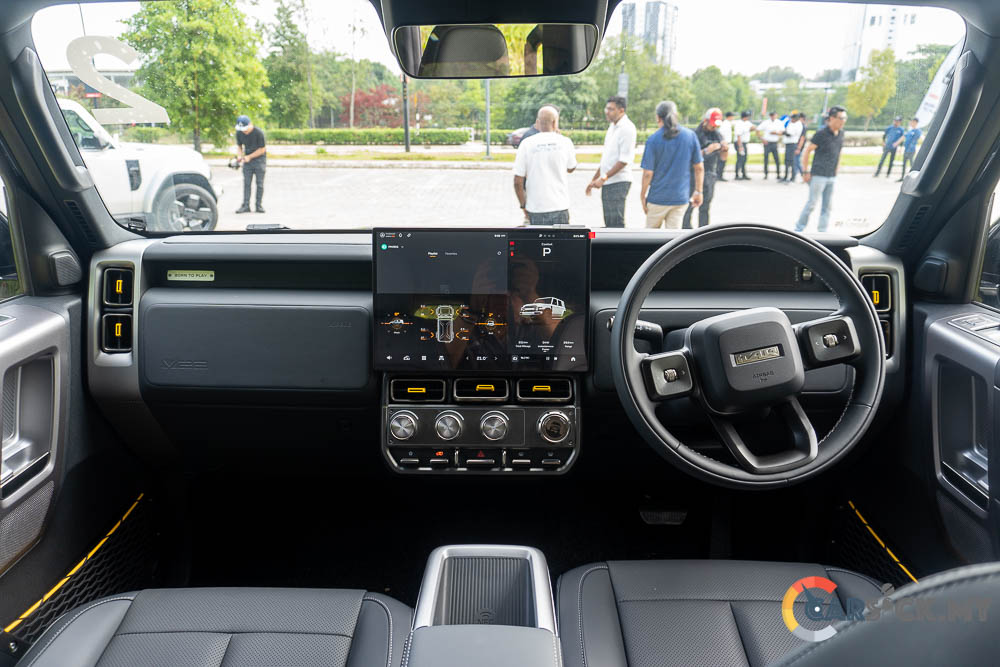
At the second slope, the instructor switched the drive mode to Slippery. This was meant to demonstrate how gently the system can manage throttle input. With this setting, the instructor challenged me to climb the slope — one that had bogged down several other participants. The V23, however, made it up without issue, showcasing how effective its throttle control is on low-grip surfaces.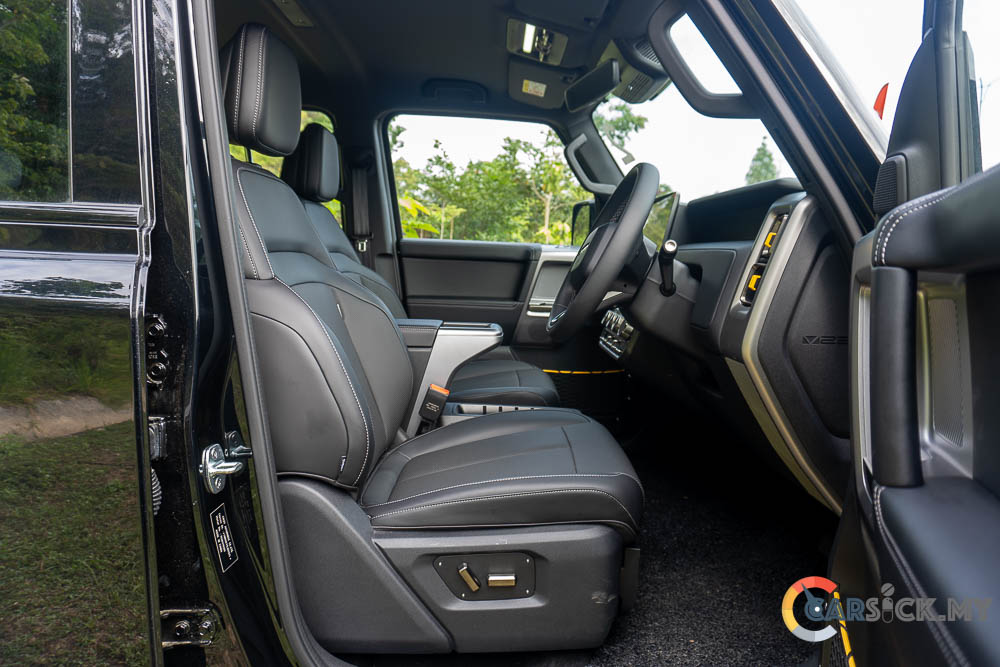
After the climb, we made our way down the back of the mountain. During this downhill section, we experienced the Hill Descent Control in action. The system smartly used both regenerative braking and physical brakes to gradually reduce speed, keeping the vehicle slow and stable as it managed the descent on its own.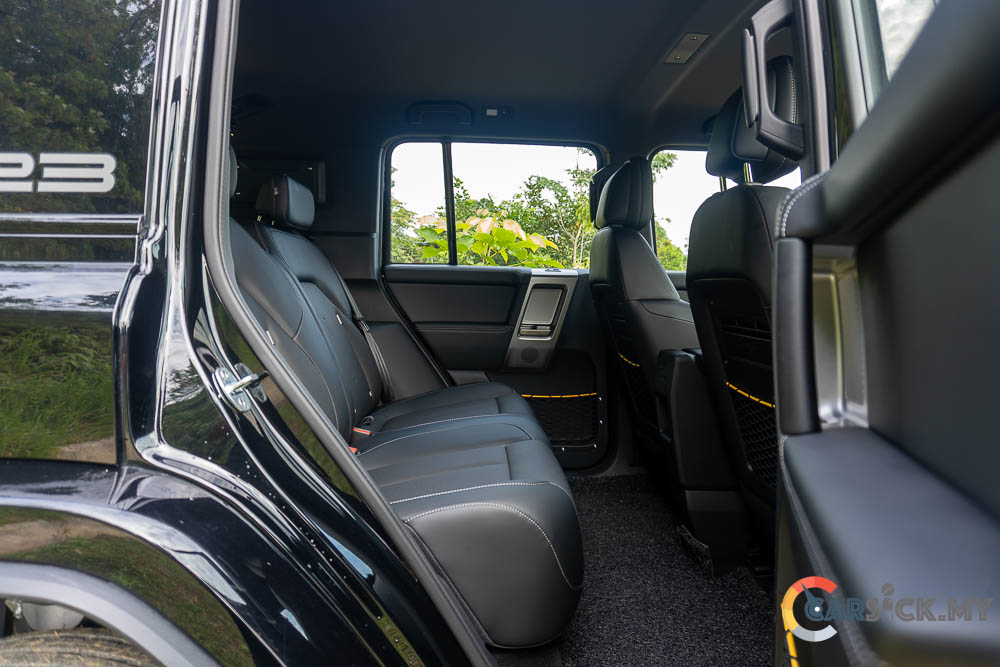
Just before the finish line, we encountered an even steeper drop. In this situation, visibility over the bonnet was nearly zero. To help, the V23 offered a front under-body camera view that allowed me to see exactly what was beneath the bonnet. The display was clear and precise, making it significantly easier to navigate the tight descent safely — a feature that greatly enhances the V23’s off-road confidence.
Overall, the V23 proved its capability even as a pre-production model. With all these off-road features, one question remains: how many future owners will actually take their V23 into the wild? If you’re someone who dreams of taking an EV overlanding or exploring rougher paths, the V23 is certainly a model worth considering when it officially launches.